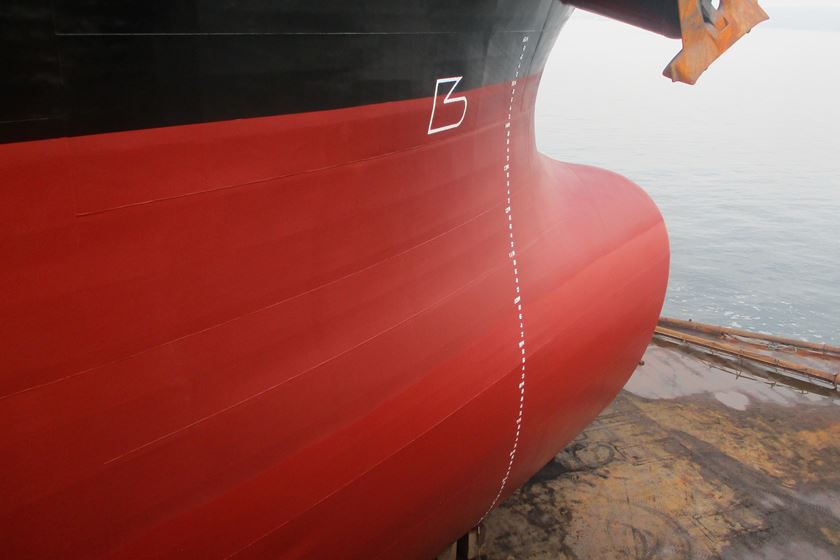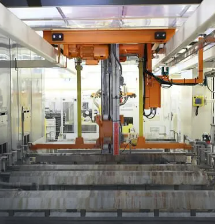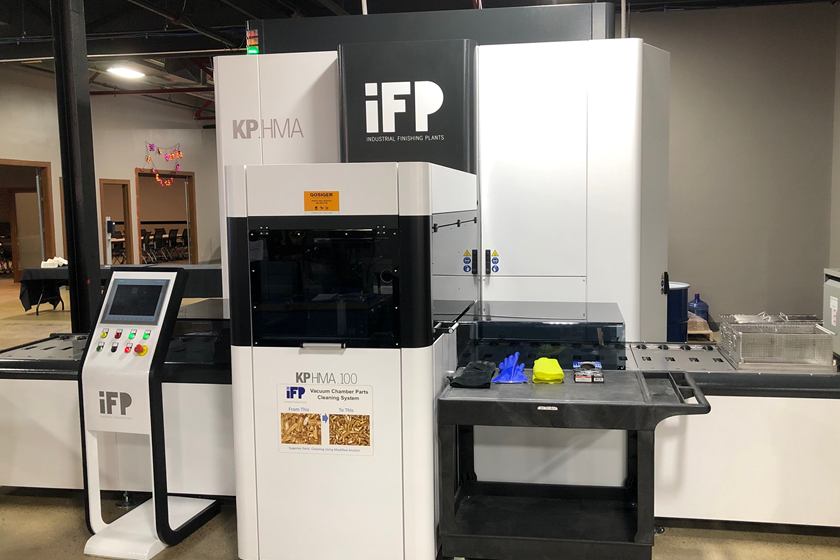Tighter Tolerances
We have a number of jobs that require making steel parts with very tight tolerances on the fit. We are thinking that zinc plating/chemical conversion coating might not be the best solution for us. Are there other materials out there that might give us more consistency on our tolerances and thickness?
Q. We have a number of jobs that require making steel parts with very tight tolerances on the fit. We are thinking that zinc plating/chemical conversion coating might not be the best solution for us. Are there other materials out there that might give us more consistency on our tolerances and thickness? The parts must pass a 100-hr salt spray test. M.M.
A. Zinc plating plus a chemical conversion coating should give you the 100 hrs that you require. However, you might get better control of thickness by considering an electroless nickel deposit. I do not have numbers readily available comparing electroless nickel versus zinc plating in the standard salt spray test. If you are not familiar with electroless nickel deposits I suggest that you Google the term “electroless nickel.” You will find a wealth of information regarding this material.
RELATED CONTENT
-
Stripping of Plated Finishes
The processes, chemicals and equipment, plus control and troubleshooting.
-
Blackening of Ferrous Metals
The reasons for installing an in-house cold blackening system are many and varied.
-
Aluminum Anodizing
Types of anodizing, processes, equipment selection and tank construction.
















